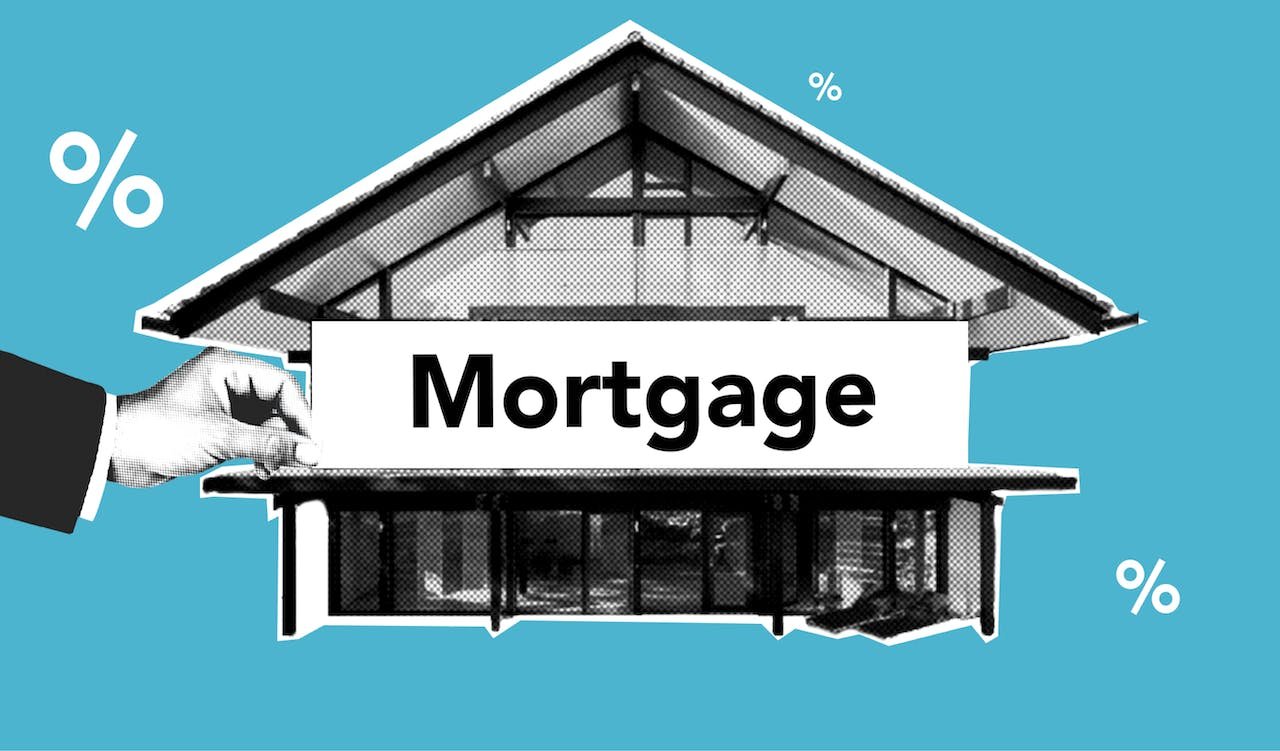The home loan sector is gearing up to enter the recovery phase after facing numerous challenges in the aftermath of 2020’s economic downturn. RBI’s decision regarding keeping the repo rate unchanged (4%) has been beneficial for home loan borrowers, owing to consequent reduction in interest rates.
Such initiatives have created opportunities for individuals to secure housing finance at much lower rates, and the inclination towards home loan balance transfer has also increased among existing borrowers. Nonetheless, before switching to another lender, borrowers must be aware of certain points to maximise the benefits of this facility.
Factors to consider before refinancing your home loan
Generally, secured financing options like home loans involve obtaining a large amount, and borrowers often struggle to handle the hefty EMI charges along with other liabilities.
One of the key reasons to opt for a balance transfer facility is to save on interest costs and manage the repayment schedule better. To meet these requirements, one should look out for the following factors –
Remaining tenor of ongoing loan
Housing finance companies keep changing their interest rates depending on the market conditions. No matter how affordable these interest rates are, there is no point in going for a home loan transfer if you have only a few more years to pay off your ongoing loan.
Most borrowers already clear the interest payable on their loan, and choosing the balance transfer facility in the second half of the tenor basically increases the interest costs even more.
Overall savings in interest costs
Since your primary goal is to reduce the EMIs with a home loan balance transfer facility, you need to compare different lenders and choose one with the lowest interest rates. Apart from the market condition, borrowers’ credit profile also influence these rates. Therefore, make sure to pay your dues on time to establish yourself as a responsible borrower.
Also, note that during the home loan balance transfer procedure, you will get charged with the processing fee, administrative and other charges. It is important to calculate how much you will be saving in interest costs after eliminating all of these.
Refinancing your home loan can be beneficial only if the overall interest saving is significant enough.
New lender’s credibility
It is always wise to rely on a reputed financial institution when you are considering to transfer your existing loan to another lender. You might find numerous attractive schemes offering lower home loan interest rates compared to your existing one. So, check the credibility and research extensively before making a decision.
If you are looking for a top up loan, conducting a background check of the lender is necessary to enjoy cost-effective interest rates without any restrictions attached to it. However, make sure to assess the EMI amount using a top up loan calculator to make the repayment process smoother.
Time of transferring the loan
Generally, the process takes around 15 to 20 days to complete, however, it depends on the lender as well. In order to understand how a home loan balance transfer works, research and compare the difference in these rates, look out for pre-payment or foreclosure penalties, etc.
While the home loan balance transfer process comes with a host of benefits, it is wise to compare different lenders before availing the loan in the first place.
With leading financial institutions providing pre-approved offers, the process to avail loans has also become less time-consuming. The offers are available on multiple financial products as well, like home loans, loan against property, etc. You can simply submit your name and contact details to check your pre-approved offer and ease out the loan application process.
Apart from the aforementioned aspects, also pay heed to your credit rating, terms and conditions of the new lender, and arrange the necessary documents for the home loan balance transfer. Furthermore, you can also negotiate for lower interest rates with your existing lender. They might ask you to follow certain measures or improve your credit profile to get that.
If you can avail lower rates from your existing lender, it is best to take up the opportunity instead of opting for the balance transfer facility.
